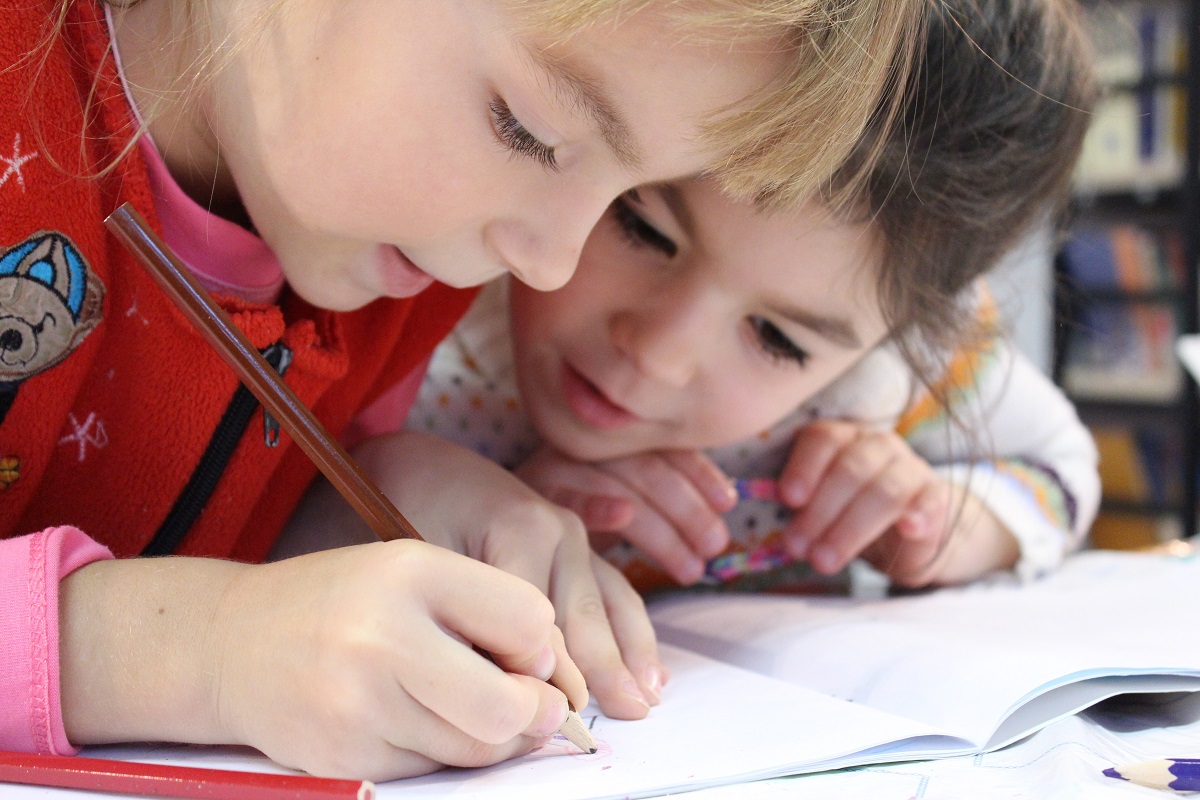Critical thinking is a fundamental skill that students must develop to succeed in both academic and real-life situations. It involves the ability to analyze, evaluate, and make reasoned judgments about information, problems, and solutions. While it may sound like a skill reserved for older students, critical thinking can be cultivated from a young age through engaging and fun school activities. By incorporating such activities into the curriculum, teachers can foster a mindset of inquiry and exploration, encouraging students to think deeply and critically.
In this article, we’ll explore several fun school activities that can help students enhance their critical thinking skills. These activities are designed not only to make learning enjoyable but also to encourage curiosity, creativity, and thoughtful problem-solving.
1. Puzzle Challenges and Brain Teasers
Puzzle challenges are one of the most effective school activities for promoting critical thinking. Whether it’s solving riddles, completing jigsaw puzzles, or navigating through logic puzzles, these activities require students to analyze clues, think strategically, and connect pieces of information in new ways. The best part is that these activities can be adapted for any age group, from simple Sudoku for younger students to complex logic puzzles for older learners.
By incorporating puzzle challenges into the classroom, teachers create an environment where students can learn to approach problems from different angles and develop their problem-solving abilities. For a more interactive experience, students can collaborate on puzzles in teams, fostering teamwork and communication, which are also essential skills for critical thinking.
2. Debates and Discussions
Debating is an excellent way to hone critical thinking skills. When students engage in debates or discussions, they are forced to analyze an issue, evaluate evidence, and consider multiple perspectives. This requires students to think on their feet and defend their opinions with logical reasoning and supporting evidence.
Incorporating debates into the classroom doesn’t have to be limited to formal topics or political issues. Teachers can select fun and age-appropriate topics, such as Should summer vacation be longer? or Which superhero would win in a battle? These lighthearted debates allow students to practice their critical thinking skills while still having fun and engaging with their peers.
Additionally, discussions on current events, books, or even class topics encourage students to reflect on various viewpoints and form well-rounded arguments. Through these activities, students learn how to listen actively, analyze information critically, and communicate effectively—skills that are crucial for success in today’s world.
3. Creative Problem-Solving Challenges
Problem-solving activities that require students to come up with innovative solutions are another fun way to promote critical thinking. For example, teachers can present students with a real-world problem or scenario—such as designing a sustainable city, building a bridge out of spaghetti, or finding ways to conserve water—and ask them to devise a solution.
These challenges push students to think creatively and analytically. They learn how to break down a problem into smaller parts, evaluate different solutions, and choose the most effective course of action. Creative problem-solving activities also help students develop resilience, as they often encounter setbacks and need to keep trying different strategies until they succeed.
By making these challenges hands-on and collaborative, students learn how to work together, use their imagination, and consider multiple solutions to complex problems, all of which are vital components of critical thinking.
4. Role-Playing and Simulation Games
Role-playing and simulation games are effective school activities that encourage critical thinking by placing students in realistic situations where they must make decisions based on logic, ethics, and reason. For example, in a role-playing activity, students might take on the roles of historical figures and reenact important events, or they could simulate running a business, where they must make financial decisions and solve problems.
These activities require students to think critically about their choices and predict the outcomes of their actions. They also encourage students to see things from different perspectives, fostering empathy and deeper understanding. By engaging in role-playing, students can practice complex decision-making, ethical reasoning, and communication—skills that are key components of critical thinking.
5. Hands-On Science Experiments
Science experiments are an excellent way to encourage critical thinking in students. These activities allow students to make observations, form hypotheses, test their ideas, and analyze results. Whether conducting simple experiments in a chemistry lab or building a model volcano, students learn to ask questions, gather evidence, and draw conclusions based on their findings.
Hands-on science experiments promote curiosity and give students the opportunity to think critically about the world around them. They also provide an engaging and interactive way for students to learn about scientific concepts while developing their reasoning and analytical skills.
6. Group Projects with Problem-Based Learning
Group projects are another fun and effective way to nurture critical thinking. By working together in teams, students can tackle complex problems and explore different viewpoints. A growth program that incorporates problem-based learning (PBL) challenges students to work collaboratively on solving real-world issues, encouraging them to think critically and evaluate information from various sources.
For example, in a PBL project, students could work together to create a business plan for a sustainable company, design a public service campaign, or research and propose solutions to an environmental issue. Through these activities, students not only practice critical thinking, but they also build skills such as teamwork, communication, and leadership.
7. Interactive Technology Games
In today’s digital age, interactive technology games offer a unique way to engage students in critical thinking. Educational games that require students to make decisions, solve puzzles, or complete challenges can be a fun way to enhance their analytical thinking and decision-making skills.
Many apps and online platforms provide interactive lessons and games designed to strengthen students’ critical thinking abilities. These platforms often incorporate elements of competition, teamwork, and real-time feedback, which can make the learning process both fun and highly effective.
Incorporating fun school activities into the curriculum can go a long way in developing students’ critical thinking skills. These activities not only encourage students to think more deeply but also make learning enjoyable and engaging. From puzzle challenges and debates to hands-on experiments and problem-solving projects, there are countless opportunities to help students sharpen their analytical and reasoning abilities.
By integrating activities that promote critical thinking, educators can better prepare students for success in school and beyond. Moreover, the use of a growth program approach, which emphasizes continuous learning and improvement, ensures that students are not only developing their cognitive abilities but also building the resilience and creativity needed to navigate the challenges of the future.







